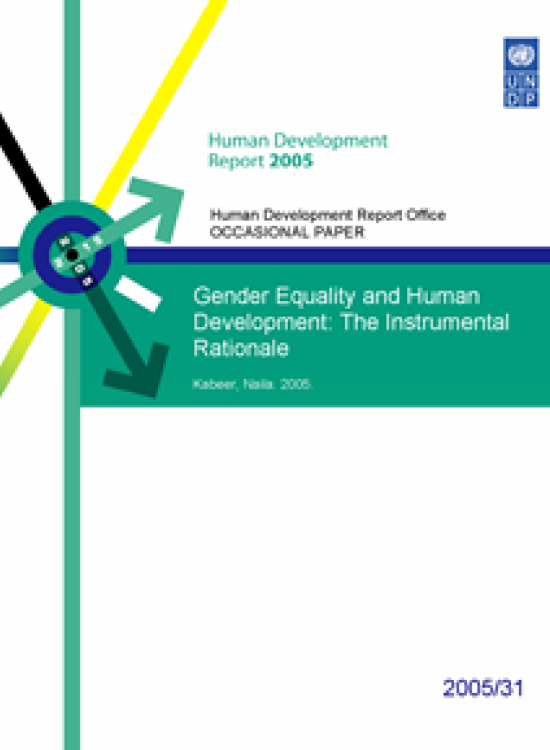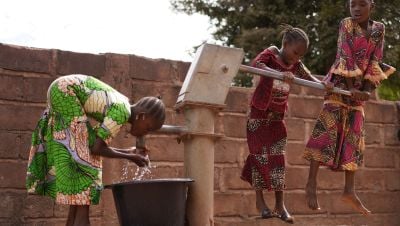Gender Equality and Human Development
The Instrumental Rationale

Download Report by Language
Document
hdr2005kabeernaila31.pdf
(143.42 KB)
Citation
Kabeer, Naila. 2005. Gender Equality and Human Development: The Instrumental Rationale. New York.
Gender Equality and Human Development
The Instrumental Rationale
Posted on: January 01, 2005
Along with the halving of income poverty in the world, the MDGs are concerned with other dimensions of poverty which relate to human capabilities. Some of these goals and their associated targets and indicators relate to 'first-order' basic needs, such as nutrition, child surival and morbidity, maternal health and general health status , which are the necessary preconditions for a healthy, active life. Others relate to a second order of needs which improve the quality of life and the capacity for agency: these include access to contraception, education, economic opportunities and political representation. There is a strong equity case for the reduction of gender inequalities in these human development outcomes since the inequalities in question relate to the ability of women and girls to live healthy, active lives and to achieve their full human potential. Such a case can be supported by evidence of the various kinds of disadvantage that women and girls experience relative to men and boys. However the focus of this note is on the instrumental case for investing in gender equality. It draws on a variety of evidence to make the argument that improving women’s access to resources is an important route through which the MDGs on human development can be achieved, including those relating in gender inequalities in human capabilities.

